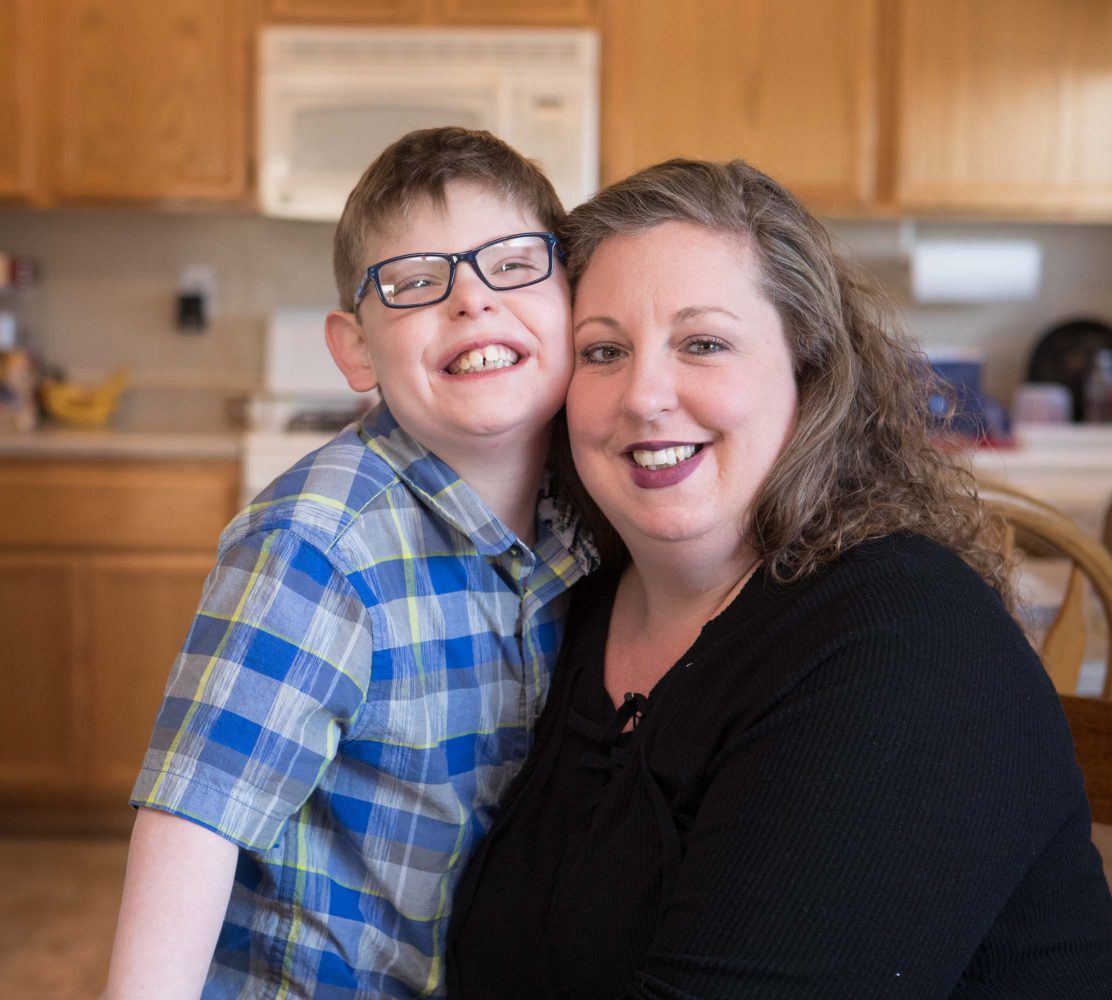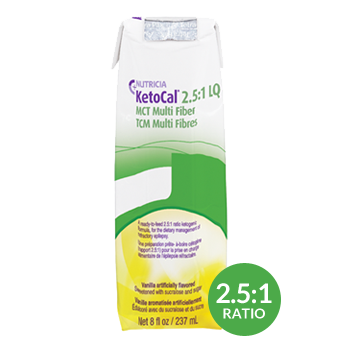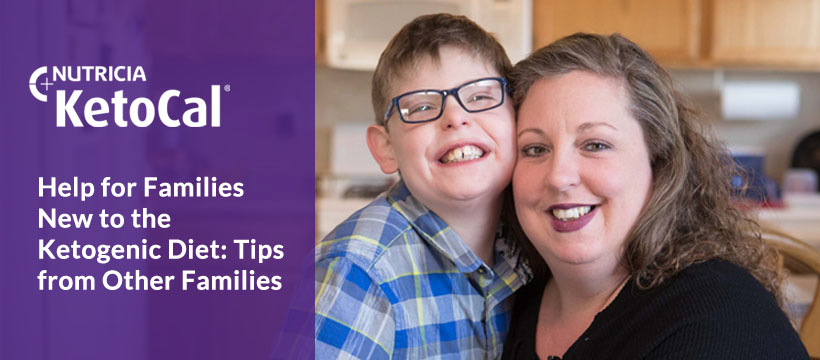The Ketolicious Kid, Epilepsy Warrior (aka: Tomas, the baseball player)

Tomas is 4 ½ years old. He loves everything baseball, outdoors and his family. He says he’s going to be a baseball player when he grows up and that we’re all going to see him on TV one day. He is my 3rd child, the sweetest of all my kids, the baby of the family and the one that was supposed to be on auto-pilot. Tomas was the best baby. He got dragged around everywhere that his older siblings had to go: school events, soccer practices, gymnastics competitions, etc. He was a typical baby and toddler, and everything was perfect, or so it seemed. I’m not sure when, but I started feeling that there was something off about him, something different than my other kids. I didn’t know how to describe it and people told me I was crazy. So, I tried to shake the feeling, and convinced myself everything was ok. Until …. April of 2018.
Epilepsy Diagnosis
We were at my parents’ house celebrating my sister’s engagement. Her fiancé was about to give a toast when, THUD, Tomas collapsed. He was having a seizure, a BIG one. It lasted about 3 ½ minutes but it felt like an eternity. What came after was worse than the seizure itself. He was lethargic and confused, talking but not making sense and then fell into a deep sleep. I watched him all night. The next day he woke up as if nothing had happened – talking, playing, asking for breakfast. I was so relieved, but it was short lived. As I set his breakfast down, he had another seizure. I rushed him to the hospital where he was admitted. There he underwent a series of tests (VEEGs, MRIs, blood work), and we were acquainted with all the -ologist and -icsts the hospital had to offer. We were told that he had epilepsy. The VEEG showed he was having 3 types of seizures (I didn’t even know there were 3 different types of seizures). It was happening all the time and we didn’t even notice. They threw out a few terms for possible diagnoses, said further testing was necessary, put him on anti-epileptic medications and sent us home with instructions to follow up in a week or two.
Intractable Epilepsy

The next four months were a blur of increasing seizures, neurologist appointments, VEEGs, and changing and adjusting medications with little to no improvement in seizure control. All the testing came back negative and there was no explanation for his seizures other than “intractable” or “refractory” epilepsy (meaning not responding to medications). We were losing our little boy; he was in a fog of medications and seizures. This was when doctors suggested the medical ketogenic diet as a way to help manage his seizures. They told us that it would involve an initial hospitalization of 1 week and then a strict diet, in which I would have to measure food to the tenth of a gram (0.01 g) for the foreseeable future. I was skeptical. I felt there was NO way that I’d be able to feed my child in this way, especially working full-time and with the crazy hectic life we lived. But I was also desperate and willing to try anything.
The Medical Ketogenic Diet
We started the ketogenic diet in the hospital on August 20th. We had a rough start; Tomas did not tolerate the diet well at first. Thankfully we were working with an amazing team of neurologist and dietitians through the hospital’s Keto Clinic that knew just what to do. Instead of starting at our goal ketogenic ratio, we started the diet gradually. We began with the Modified Atkins Diet and worked our way up to the goal ketogenic ratio slowly, allowing Tomas’ body time to adapt. It took several months, from August to December, to work up to where he needed to be. Those months were difficult. Every few weeks we were changing ratios and adapting meals, tracking his weight and monitoring seizures. I wanted to quit on many occasions, but what kept me going was the small changes I started to notice in Tomas. Although he was still having seizures, the fog seemed to be lifting. I’d get glimpses of who Tomas used to be. This was the trend: small improvements and fewer daily seizures, until January 27th when my husband and I realized that we hadn’t recorded a seizure since December 22nd!!! Fast forward to February 14th – Tomas had his first “normal” 24-hour VEEG since his epilepsy diagnosis.
Tomas Today
Tomas is currently on a 4:1 ratio ketogenic diet and has been seizure-free for 3 months. I am so amazed with how the ketogenic diet has changed our lives. I meal prep weekly for the family and plan out Tomas’ daily meals in advance. I own multiple gram scales and more silicon molds and spatulas than I can count, but I wouldn’t have it any other way. I’ve learned to cook/make things I never thought I could, such as keto bagels, pizza, and even blueberry muffins (thanks to KetoCal®). We are lucky to have resources out there like KetoCal that make a restrictive diet feel not so restrictive and make it easier to be a mom to a Keto Kid. We juggle soccer, baseball and gymnastics, eat out, and travel. I didn’t think we would be able to do these things with such a restrictive diet, but I have found that it just takes a little prep work and creativity. Yes, there are still hard days with managing the diet, but the benefits outweigh the challenges. I never thought that our quality-of-life would improve the way that it has. I’ve met amazing people on similar journeys to ours and had opportunities to help others (like writing this blog post).
Advice for Others Struggling with Intractable Epilepsy
My advice for anyone out there suffering from seizures is to give the ketogenic diet a chance. Ask your medical team if its right for you and your family. Be patient and take it one gram at a time, one meal at a time, and one day at a time. Find support and don’t go at it alone because you are NOT alone. There is a huge keto family out there eager and willing to provide advice and support, you just must know where to look. And if you’re reading this now, you are already on the right path. Who knows in what ways the ketogenic diet might improve your life. Good Luck!
Below are some links to some helpful sites and groups:
- The Charlie Foundation
- Epilepsy- The Ketogenic Diet Way (Facebook group)
– Lourdes
I was paid by Nutricia for my time to write this blog post, however, my opinions are my own.
KetoCal is a medical food and is intended for use under medical supervision.
To learn more about the medical ketogenic diet for the management of intractable epilepsy, visit www.ketogenicdietforepilepsy.com.



 Follow
Follow
